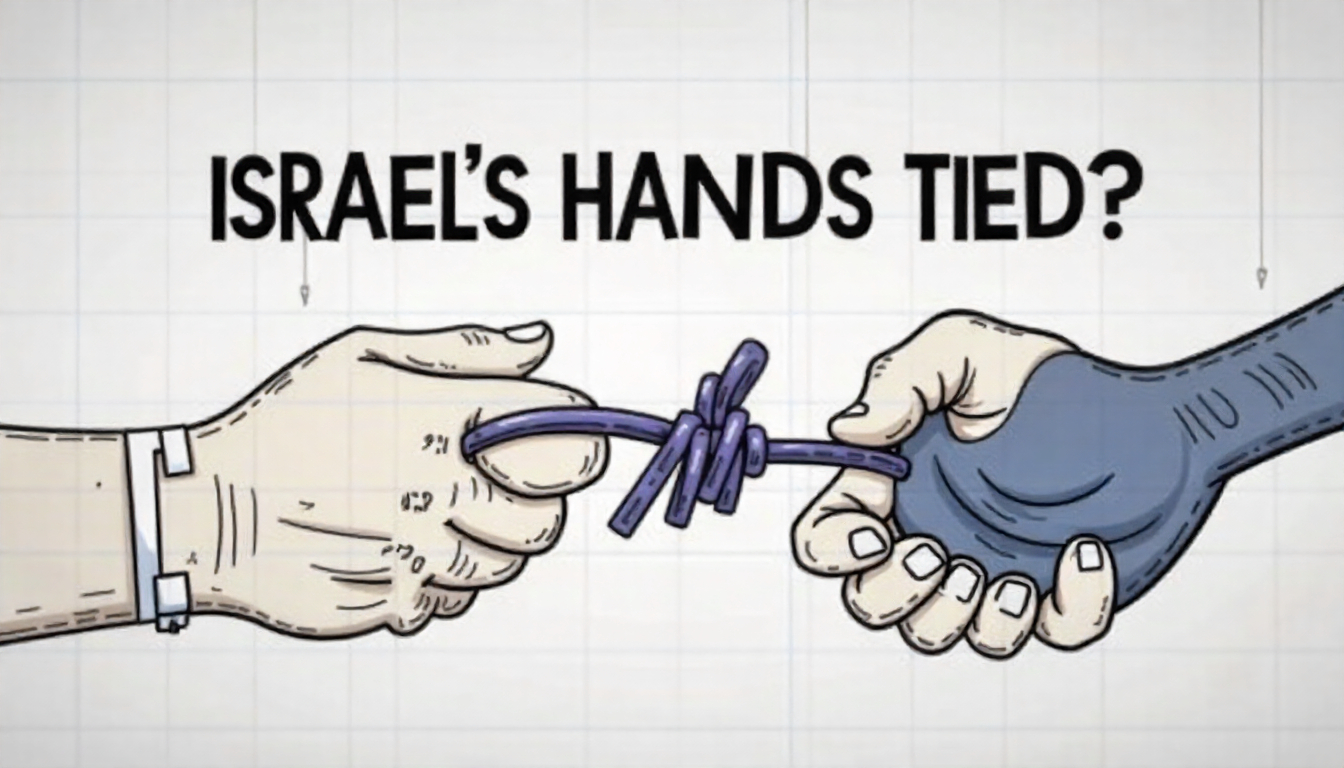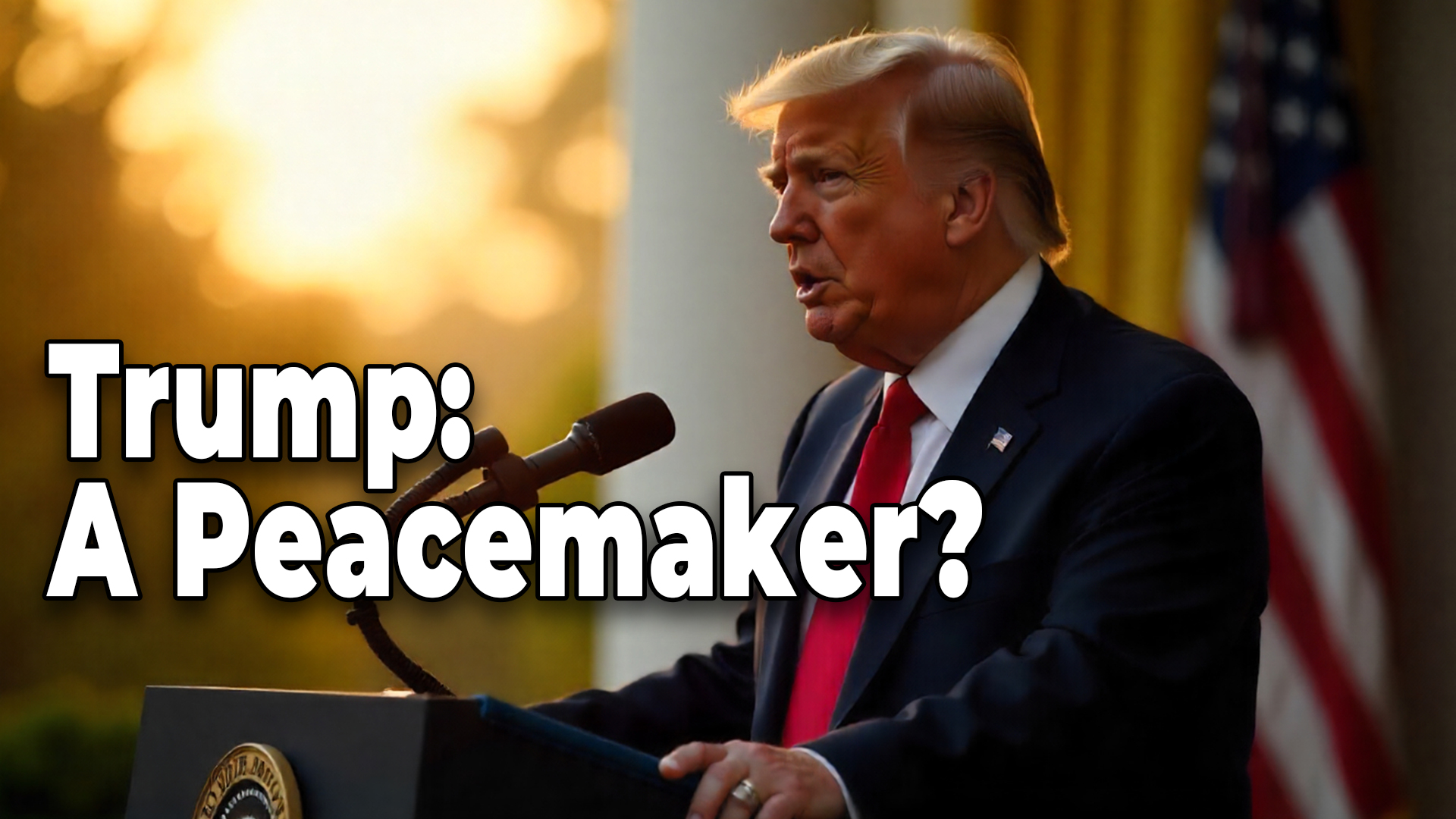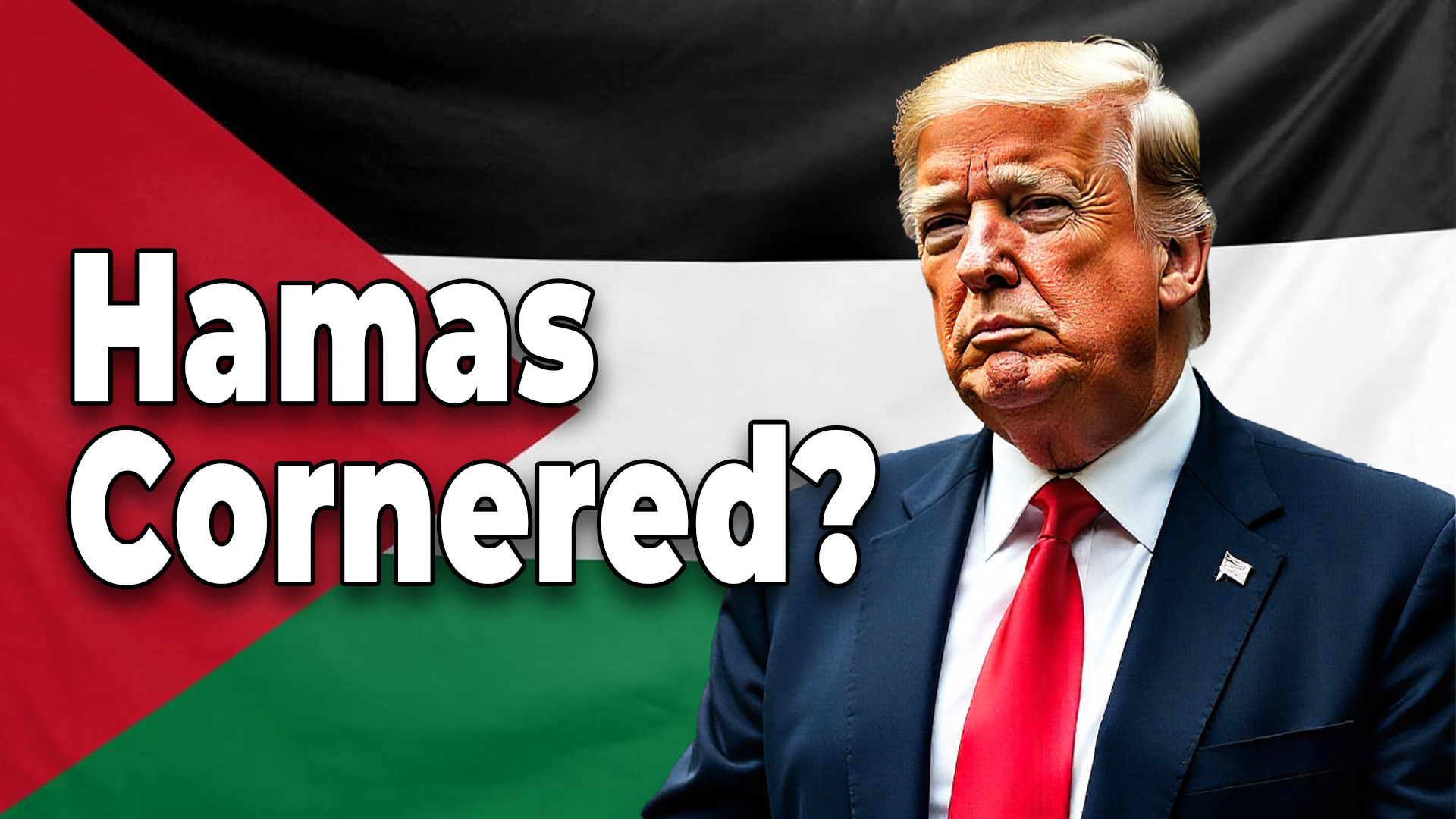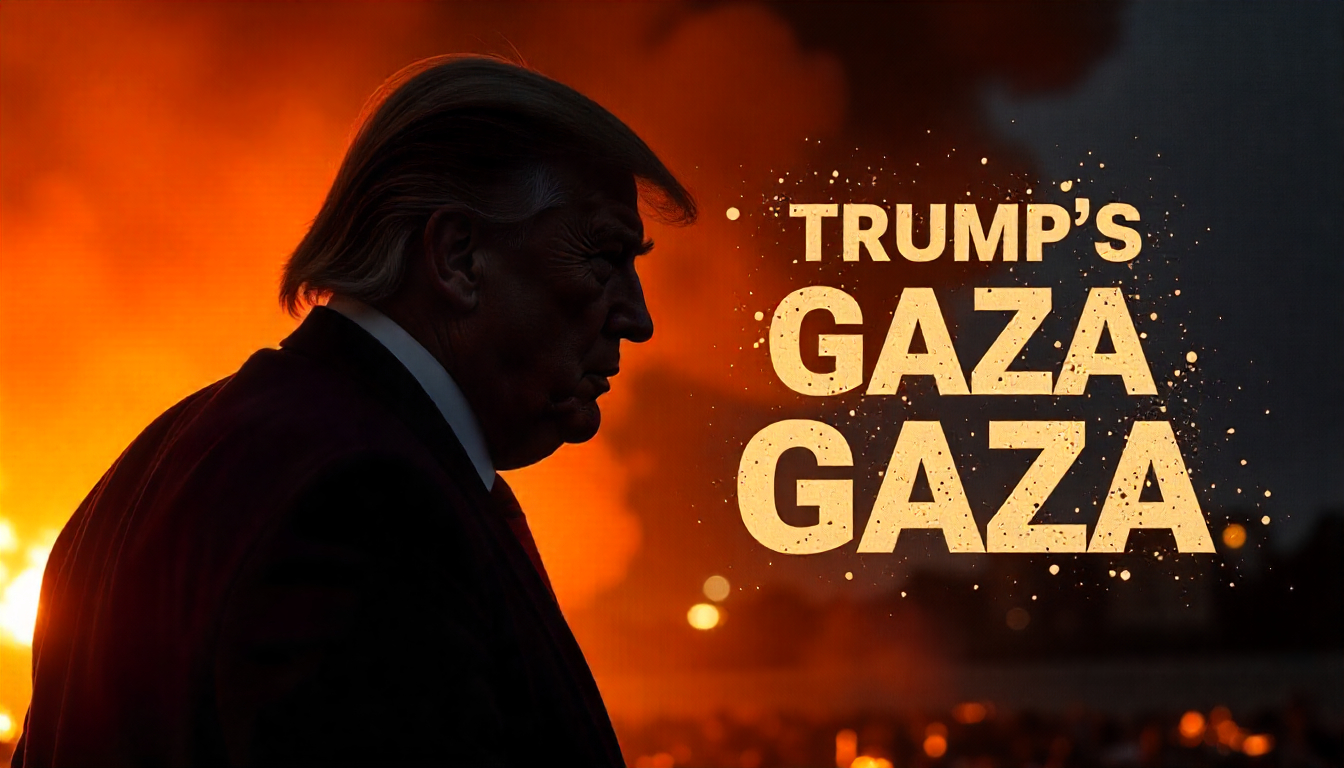From Dominance to Desperation: Israel’s Prior Advantages over Hamas
Before September 2025, Israel held a substantial strategic edge over Hamas—and over Iran’s proxy network more broadly—built through years of sustained effort. Some of the gains that put Israel in a seemingly dominant position:
- Intelligence superiority: Israel has long maintained robust human and signals intelligence inside Gaza and within Hamas networks. This enables early disruption of plots, targeting of leadership, and preemption of many attacks.
- Air, drone, and strike capability: The Israeli military’s air force, precision munitions, drone surveillance, missile defense systems (e.g. Iron Dome, David’s Sling) and command of the skies allowed it to inflict damage while minimizing its own vulnerabilities.
- Control of supply lines and fences: By policing Gaza’s borders, sea, and airspace—and limiting the flow of weaponry and ammo—Israel constrained Hamas’ resupply, unless through costly smuggling routes or tunnels.
- Decapitation campaigns and tunnel warfare: Over multiple rounds of fighting, Israel has targeted Hamas leadership, command hubs, tunnel networks, weapon caches, and rocket launch sites, steadily degrading Hamas’ ability to sustain high-volume operations.
- Proxy containment: Beyond Gaza, Israel has intermittently struck Hezbollah in Lebanon, Iranian assets in Syria or Iraq, and logistical corridors supplying arms to Hamas. By pressuring the web of support, Israel aimed to incrementally isolate Hamas.
- Diplomatic support and legitimacy: Particularly in Western countries and among some Arab states, Israel cultivated relationships, intelligence-sharing, and security partnerships, which helped constrain Hamas’ diplomatic space.
All of these together created a posture in which Israel could retaliate, contain, and deter Hamas at a level of operational dominance—for a time.
Hamas Cornered? The Truth Behind Trump’s Gaza Deal
The Strategic Escalation: Pushing Hamas Toward Irrelevance
But Israel did not rest on its laurels. In recent years it has escalated its efforts to make Hamas not just weaker, but strategically redundant:
- Extending the battlefield
Israel extended operations beyond Gaza, striking proxies, supply lines, and Iranian-linked sites in Syria, Lebanon, Iraq, and elsewhere. The goal: collapse the rear support that Hamas depends on, raise the cost for Iran, and make Hamas more isolated. - Strikes into Iran
Israel’s willingness to strike Iranian sites (ballistic missile factories, air defenses, missile depots) represented a shift: no longer only targeting proxies but the backbone of the proxy network. Each such act erodes the ability of Hamas to rely on its patron for resupply or support. - Diplomatic reconfiguration
Israel has worked to win over regional actors that once sided (or gave tacit support) to Hamas or to Iranian influence. Through backchannels, security cooperation, anti-Iran alignment, and intelligence-sharing, states that once stood with or neutral toward Hamas began hedging, if not openly shifting. - Narrative & legitimacy framing
By casting Hamas as a diminutive tool of jihadist Iran, and Israel’s actions as defensible counterterrorism, Israel sought to delegitimize Hamas diplomatically, constraining its ability to appeal to third-party Arab states or donors.
The Strike That Broke the Thread: September 2025, Qatar
If Israel’s dominance had been firm, the turning moment came in early September 2025—the day it attacked Doha, Qatar.
What happened
- On 9 September 2025, Israel carried out an airstrike in Doha aimed at a Hamas delegation meeting there, reportedly hoping to kill negotiators (such as Khaled Meshaal or Khalil al-Hayya).
- The strike killed several Hamas members, and tragically, a Qatari security official as well. It violated Qatari sovereignty and occurred at a location central to ongoing mediation between Hamas, Israel, and U.S. efforts.
- The fallout was swift: The United Nations Security Council condemned the strike, and Arab states convened in Doha for an emergency summit.
- In diplomatic shockwaves, Israel’s Prime Minister Benjamin Netanyahu publicly apologized to Qatar, with mediation and pressure (including from U.S. President Donald Trump) facilitating the call.
- Perhaps most significantly: On 29 September 2025, President Trump signed an executive order titled “Assuring the Security of the State of Qatar,” declaring that any armed attack on Qatar would be considered an attack on the United States itself. This effectively imposed a red line on Israeli operations in another sovereign state.
- The cumulative effect: Israel had overshot, provoking U.S. wrath, undermining trust among its regional allies, and exposing the limitations of its “strike anywhere” posture.
In short: the Doha strike showed that Israel was not acting to negotiate a ceasefire with Hamas—it was acting to annihilate them. But in doing so, it ignited political and diplomatic backlash that forced a strategic backtrack.
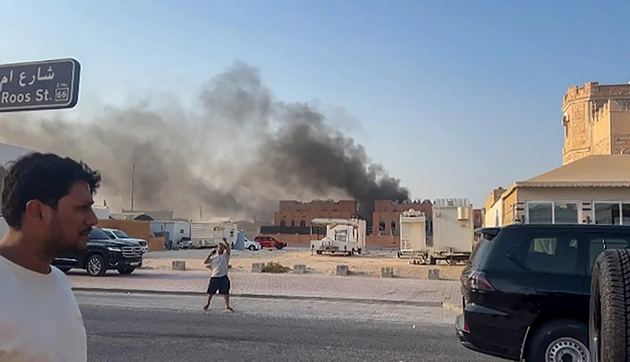
This frame grab taken from an AFPTV footage shows smoke billowing after explosions in Doha’s capital Qatar. | Jacqueline Penney/AFPTV/AFP via Getty Images
The Political Rebound: Why Israel Had to Return to the Table
The Qatar strike shattered Israel’s leverage:
- U.S. intervention & humiliation
President Trump was publicly enraged—not just because a friendly state (Qatar) was attacked without notice, but because it made him look weak and uninformed. By tying U.S. security to Qatar’s protection, Trump forced Netanyahu’s hand.
Netanyahu’s apology to Doha was not just diplomatic damage control but a concession: Israel had to show it could back off to preserve strategic alliances. - Allies reconsidering stances
States that once quietly supported or tolerated Israel’s hardline approach began to balk. The shock of the Doha strike upset regional confidence in Israel’s restraint and in U.S. backing.
Several Arab and Gulf states voiced condemnation and reconsidered their relationships with Israel. - Loss of diplomatic space
Israel had computed it could act unilaterally—strike proxies, cross borders, push limits. But the Doha act revealed a ceiling: if a strike into Qatar—previously a neutral mediator—was intolerable, then its freedom to strike further affixes constraints. - Forced rapprochement
The internal and external political pressure compelled Israel to re-engage with ceasefire diplomacy, not because it preferred peace, but because it had no better alternative. The optics, the alliances, and the diplomatic cost demanded a reset.
Thus, the “very moment” Israel’s edge slipped was not a battlefield defeat, but a diplomatic folly—the Qatar strike.
Why That Moment Matters: The Limits of Absolute Military Logic
This narrative underscores something important about modern conflict: military dominance alone doesn’t guarantee strategic victory, especially in a region so densely tied to alliances, sovereignty, and public perception.
Israel’s strategy until 2025 had been: degrade Hamas, degrade the proxies, project deterrence, and force submission. That strategy worked—until it didn’t.
When Israel crossed a red line (Qatar), it confronted a political reality: even powerful states must sometimes accommodate limits imposed by alliances and diplomacy. The strike forced Israel to negotiate not because it wanted to, but because it had to.
In the end, this moment reveals a paradox: a tactical overreach can dilute strategic advantage faster than any battlefield setback. Israel still retains many strengths, but the Doha strike demonstrated that dominance, unchecked, can topple into overextension—and bring a dominant player back to the negotiating table.

